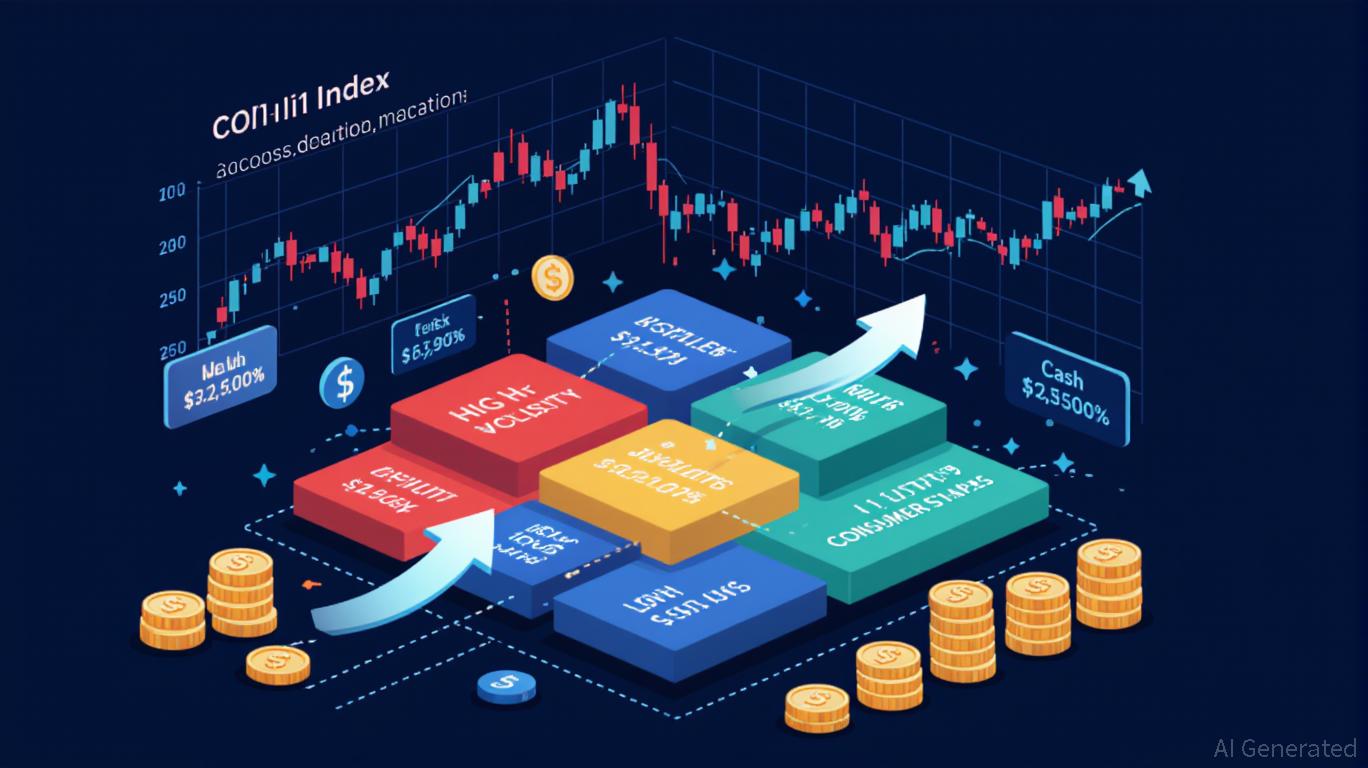As Prices Consolidate in Spot Markets, Asset Managers Increase Long Positions in Derivative Markets
The Commitment of Traders Report indicates asset managers’ continued bullishness in bitcoin markets.
Bitcoin price action has begun to consolidate, following the 21% increase between June 15 and June 23. While investors appear to be pausing in spot markets, the Commitment of Traders (COT) report shows an increased appetite for long positions within derivative markets.
The COT report, published weekly by the Commodity Futures Trading Commission, details the open interest, and directional position of bitcoin futures traders across institutional categories of various sizes. The report is a proxy for sentiment, as traders disclose the extent to which they are long or short, bitcoin futures.
Long positions spike
The most recent COT report shows that asset managers increased their open long positions by 495 contracts last week. Leveraged funds by comparison, increased their long positions by 1,449 contracts, following a reduction of 538 contracts the week prior.
Asset managers with reportable positions are now 94.87% long bitcoin. This figure has been as high as 99% in prior COT reports. Leveraged funds with reportable positions are now 19.58% long and 80.42% short bitcoin.
The rise in long positions is an understandable reaction to recent market dynamics. The potential approval of a spot bitcoin ETF has given derivative markets the same type of boost that has occurred within spot markets.
The options open interest put/call ratio is 0.32, according to data analytics firm Coinglass. A put/call ratio below 1.0 implies a higher demand for buying than selling.
While not an ironclad sign of where prices are going next, the lack of bearish bets, following a 20% increase, indicates that investors are not looking to sell into the recent rally.
BTC’s chart shows three consecutive negative days prior to today's price action. Trading volume on the down days was below BTC’s 20-day moving average however, indicating that the momentum behind the decline was relatively weak. Some of the decline is a byproduct of decreased weekend trading, but the trend held on Monday as well.
Key levels to watch to the downside are $30,000, as well as $27,800. The $30,000 level marks a growing area of support, as well as a psychologically important level where buy and sell orders are likely to cluster. The $27,800 level coincides with BTC’s current 20-day moving average, which could be a target for traders expecting BTC to revert to its mean.

Edited by James Rubin.
Disclaimer: The content of this article solely reflects the author's opinion and does not represent the platform in any capacity. This article is not intended to serve as a reference for making investment decisions.
You may also like
Ethereum News Update: Ethereum Drives Institutional Transformation with Amundi Tokenizing Major Fund
- Amundi tokenizes a money market fund on Ethereum , signaling institutional adoption of blockchain-based asset management. - Ethereum's upgrades like PeerDAS and Bhutan's $970k ETH staking highlight growing institutional trust in its infrastructure. - CoinShares' $250M Bitcoin Miners ETF and global digital ID initiatives underscore tokenization's role in modernizing finance. - Ethereum's $3,100 price resistance and technical indicators suggest potential for long-term resilience amid scaling improvements.

Hyperliquid News Today: Hyperliquid Adopts Tidewater’s Strategy to Streamline Crypto Risk Management
- Hyperliquid introduces automated downsizing to stabilize HYPE, which dropped 52% from its peak. - Strategy mirrors Tidewater Renewables' capacity management, balancing short-term volatility with long-term stability. - Hyperliquid Strategies DAT plans $300M HYPE buybacks to inject liquidity and institutional-grade risk frameworks. - Market faces $1.89B+ liquidation risks if Bitcoin/Ethereum surge, prompting automated buffers to prevent cascading sell-offs. - Approach reflects growing DeFi adoption of algo
The Unexpected COAI Price Decline: Key Lessons for Investors from the November 2025 Market Turbulence
- COAI Index's 88% November 2025 collapse stemmed from C3.ai governance failures, regulatory ambiguity, and panic-driven herd behavior. - Market psychology amplified losses as investors overreacted to AI sector risks, ignoring fundamentals and triggering liquidity crises. - Diversification, cash reserves, and AI-driven tools helped mitigate risks, emphasizing long-term strategies over speculative hype. - The crisis exposed dangers of overreliance on AI/DeFi narratives, urging disciplined, diversified portf

CME Suspension: Global Market Vulnerabilities Revealed by Thermodynamic Constraints
- CME Group halted Globex trading on Nov 28, 2025 due to CyrusOne cooling system failure in Chicago, freezing 90% of global derivatives markets. - The outage caused erratic price swings in gold/silver and disrupted EBS forex platforms, exposing vulnerabilities in third-party data center reliance. - Despite post-holiday timing softening immediate impact, the incident highlighted systemic risks from thermodynamic limits in AI-era infrastructure. - CME faces pressure to build redundant systems as it expands c

